District heating with a twist – no energy losses!
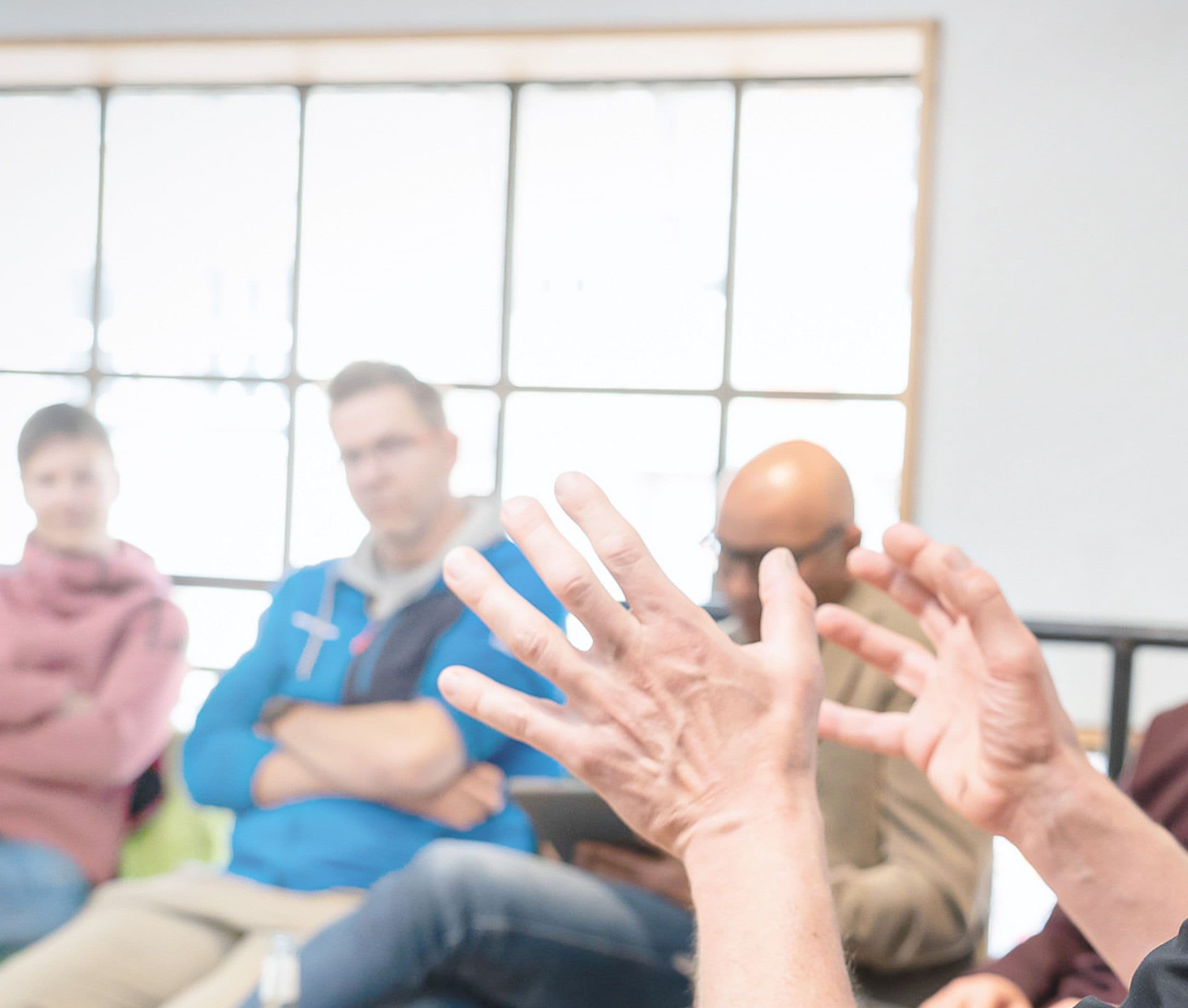
Energy 360 x em² x TBF
A Story of speed, transparency, and the determination not to waste energy anymore.

EYE LEVEL
Network instead of an organizational chart: All TBF project participants work directly with our customers. This shortens communication channels.

LEARNING
Working in a project alliance challenges us to radical openness. Sometimes that means learning – sometimes unlearning together.

OPEN-BOOK-MODEL
In this project, there is no clear job description. Together with E360 and em², we decide situationally and collaboratively who takes on which tasks.
In the canton of Zurich, the three district heating networks of Regensdorf, Effretikon, and Volketswil are jointly implemented. However, the terminologies might not hint at the fact that this is anything but a conventional energy supply project.
About the project

The basic idea? To generate district heating, among other sources, from the waste heat of data centres and supply it to the population. The networks for this innovative district heating solution in the three municipalities, Regensdorf, Effretikon, and Vollketswil, were recently treated as isolated projects. That has changed – and changed very, very quickly.

Imagine being invited to a project assignment. The task is complex; three previously independent projects for district heating networks in the canton of Zurich are to be further developed together. This also makes sense: Connecting the projects creates synergies – and enables efficiency. Ultimately, the goal is to make energy supply in this region more sustainable and to efficiently utilize energy potential. However, energy should not be ”lost” during the planning process; it should be properly channelled. Therefore, a collaboration was desired based on the concept of a project alliance in the Open Book model.
What does this mean? Specifically, for this large-scale project, no clear performance descriptions have been developed. The SIA phases, which traditionally engineers use to guide projects, serve only as optional guidance here. This means that who is responsible for which task in the project team is discussed situationally with all involved parties. Thus, nothing hinders the flow of communication and information through the project network. Additionally, all TBF project participants work directly in so-called tandems with customer representatives. Because communication doesn’t flow through a single interface from client to contractor, it enhances efficient collaboration. It'sevident that this saves time and resources, aside from the energy not lost in processing or documenting insights.
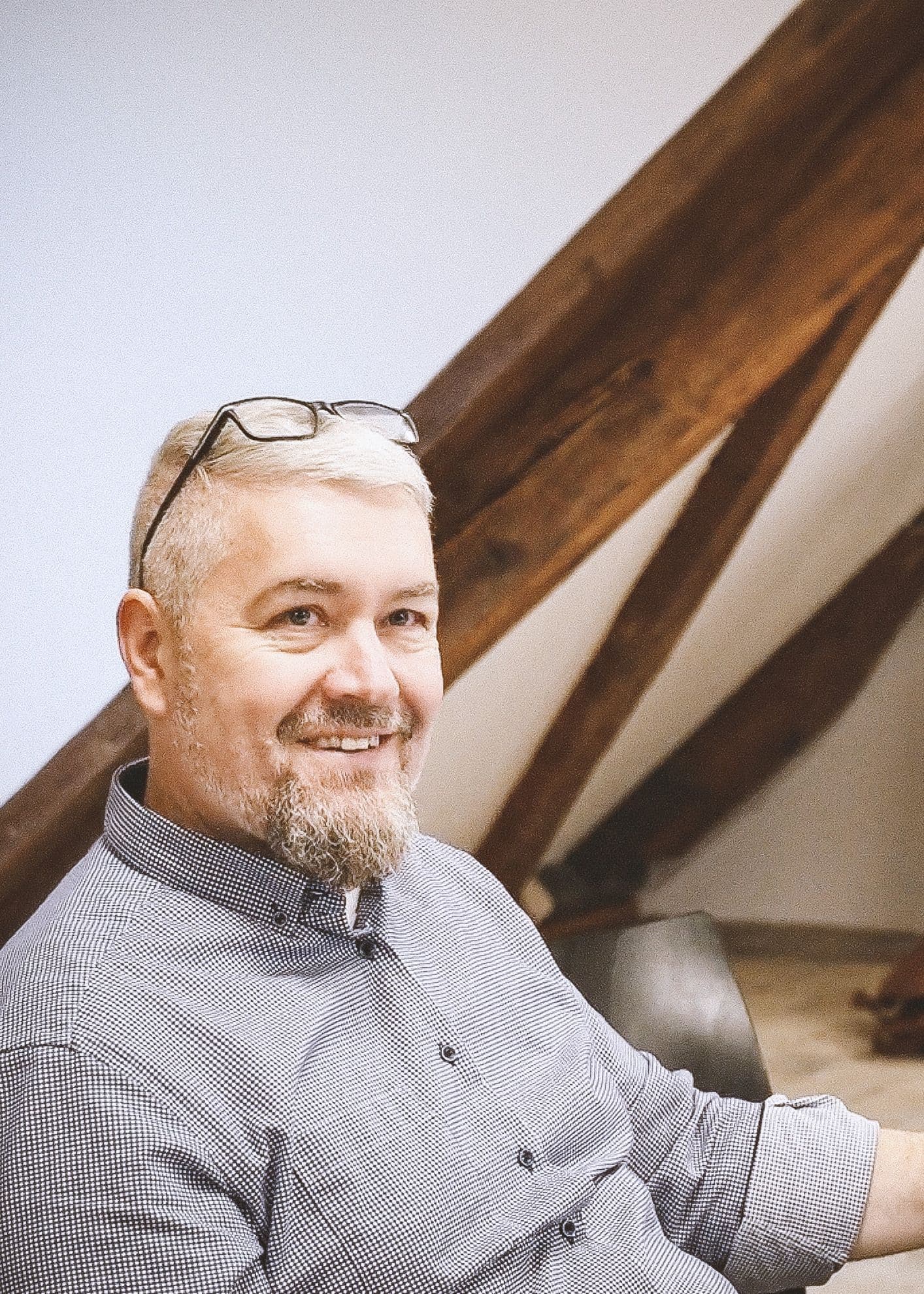
“The approach itself is simple: What needs to be done now and, most importantly, who does it?”
Torsten Wenk, Civil Engineer and Managing Partner
What particularly motivated you about this project?
Working in networks and breaking down hierarchies is not new to us. But in this project, we now have the opportunity to rethink processes in projects. Alliance instead of narrow spheres of responsibility – that fascinates me!
What have been significant learnings for you since the start of the project?
Honestly, with this project, we are learning something new every day. We're not just learning technically but also regarding our collaborative work. Sometimes it means consciously ”unlearning” processes to develop new ones together.
What are you particularly proud of?
That right from the pitch and thus from day one of the project, we have lived our values without compromise. From the beginning, we have sought dialogue on an equal footing to learn and develop collectively with our customers. That we have succeeded in this project delights me!
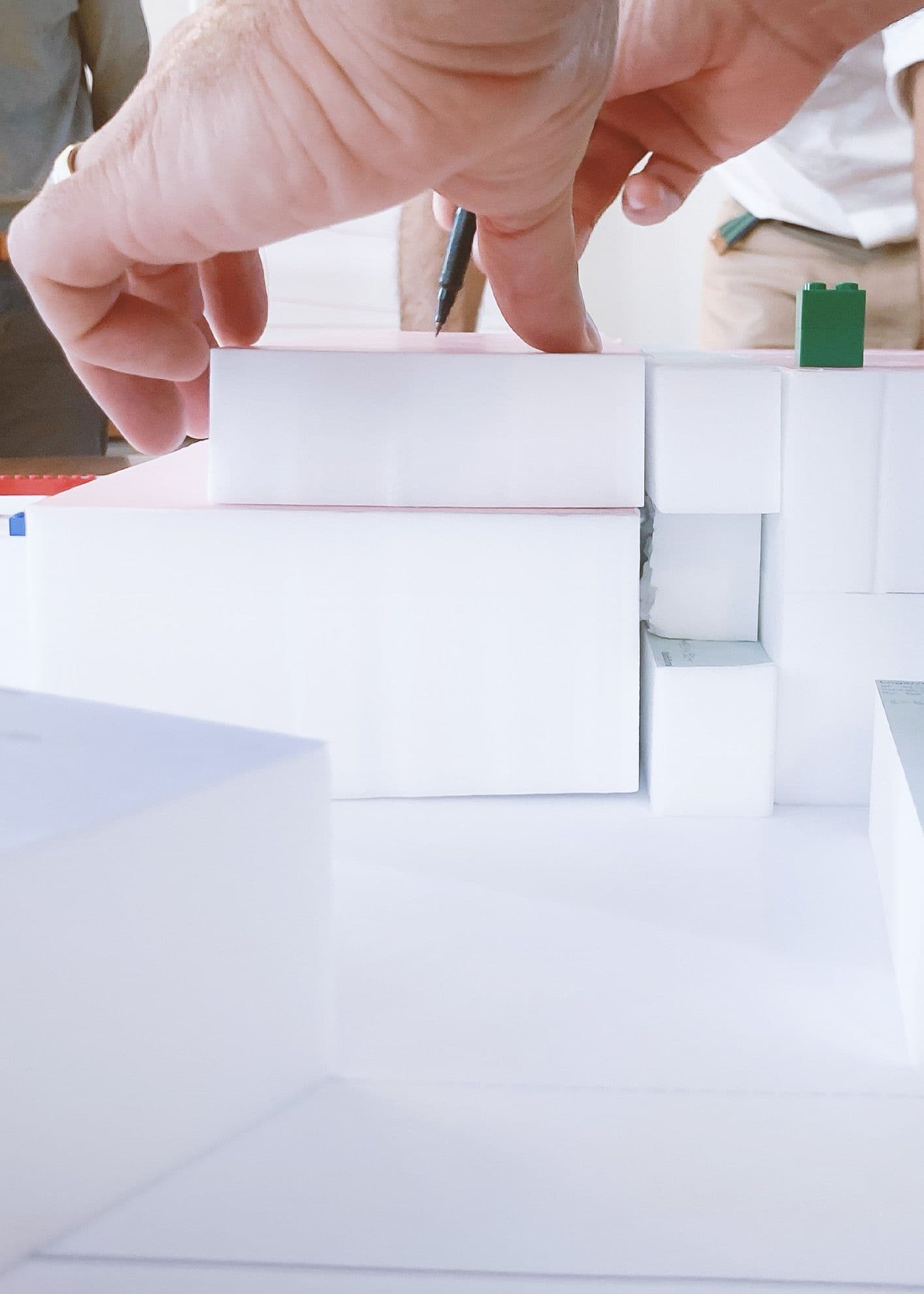
The first milestone of the collaborative partnership in the Open Book model with the Zurich energy supplier Energie 360 and the innovative consulting firm em² is to develop a permit application. TBF's task consists, on the one hand, in coordinating the three projects (one for each municipality) and, on the other hand, in planning the district heating plant, which will convert waste heat, among other sources, from a data centre into usable district heating. In line with the Open Book model, this assignment can also evolve progressively. Instead of sticking to preliminary projects and so on, decisions are collaboratively made to efficiently reach the goal of project approval.
The traditional triangle that usually exists between planner, contractor, and client – often causing interfaces and frictions – is transformed here into a circle of exchange. This involves not only TBF, E360, and em² sitting at the discussion table from the beginning but already more than 10 different companies shaping the project. Trying to operate along a purely hierarchical structure here would mean a tremendous amount of effort – and waste valuable energy. Therefore, it can happen that established foundations transition from one working group to the next. This requires not only flexibility but also openness. A great example of the project's agile development is the way district heating is obtained. Initially, the three municipalities were supposed to be supplied with district heating derived from wood. Accordingly, collaboration with various providers and experts in such wood-based solutions was the focus. However, the project approach evolved as it was decided to adapt the energy solution to the existing resources in the area. The required district heating is thus intended to be obtained, among other sources, from the waste heat of a large data centre. Apart from the innovative collaboration, the project content itself is a technical innovation.
The project development occurs collaboratively, reflection on what's learned happens collaboratively, decisions are made collaboratively. This can sometimes be exhausting because it requires unlearning conventional processes. One thing is clear: in terms of scale and complexity, such a project has probably not been conducted in Switzerland before.
Our Milestones
Our determination in this project alliance with Energie 360 and em2 to proceed according to the Open Book model requires breaking conventional processes, as well as rethinking our own position in the project, as a company, as an employee. Nevertheless, we present some of our past and upcoming milestones.
The Pitch
A small TBF project team was invited to a roundtable discussion with Energie 360 and em2. There was a lot of openness, curiosity, and a spirit of adventure. Dialogue was the primary focus.
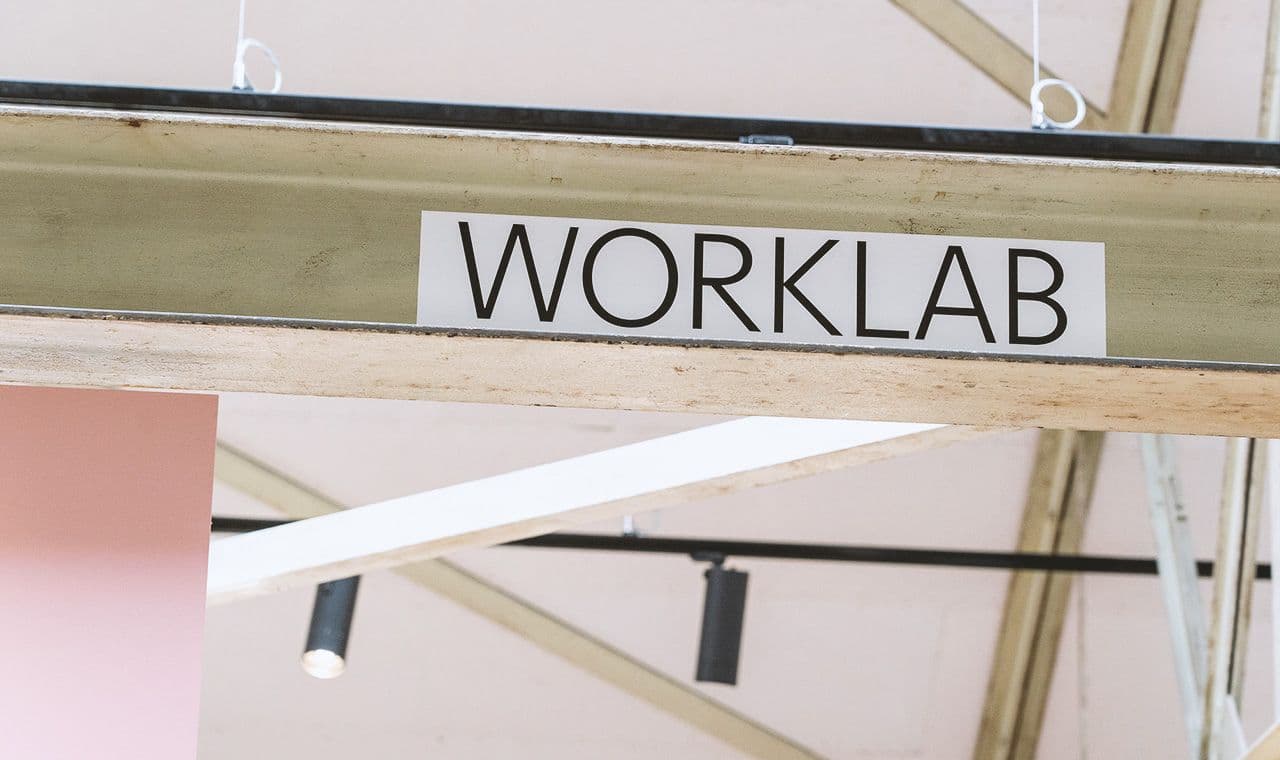
The Permit Application
The stated initial goal of the project alliance allows stakeholders to plan the further project. If the project is approved, further responsibilities and steps can be planned.
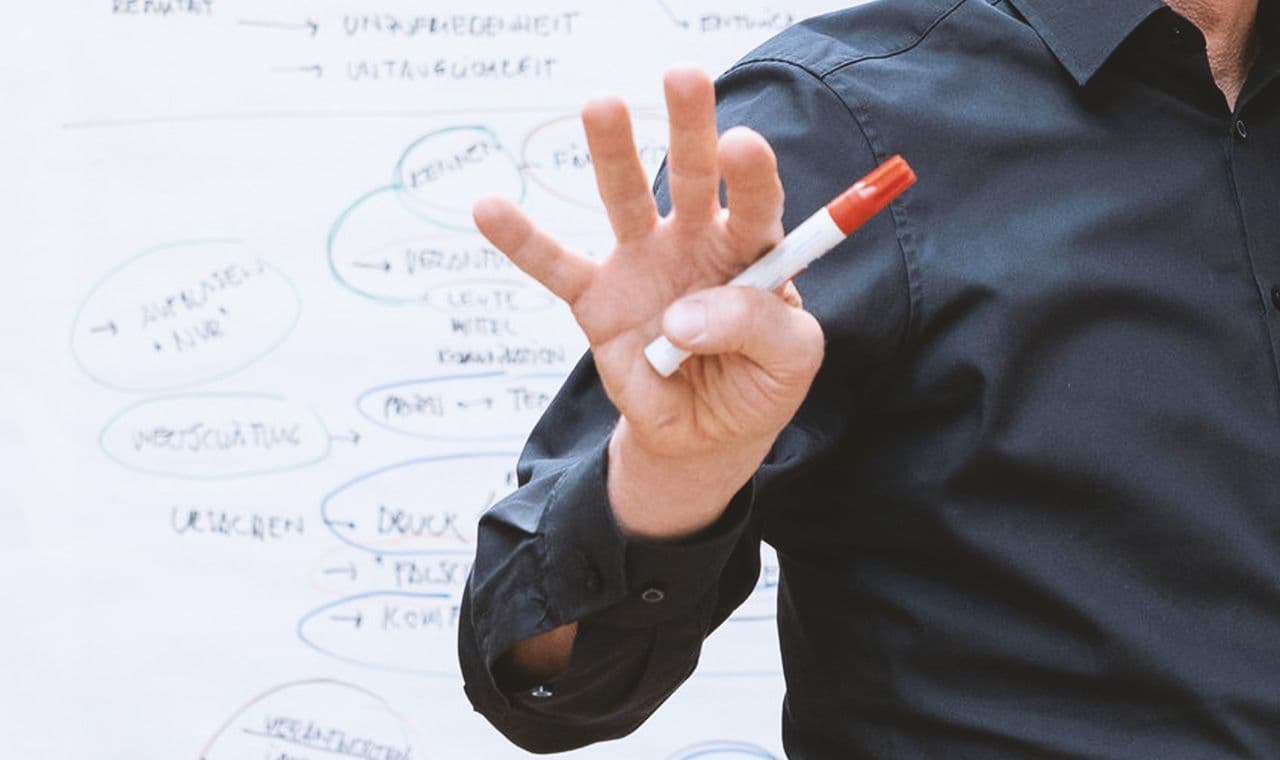
Production
As only necessary steps are taken in the new project model, the path to the construction of the facilities – the ultimate goal of the project – is shortened.
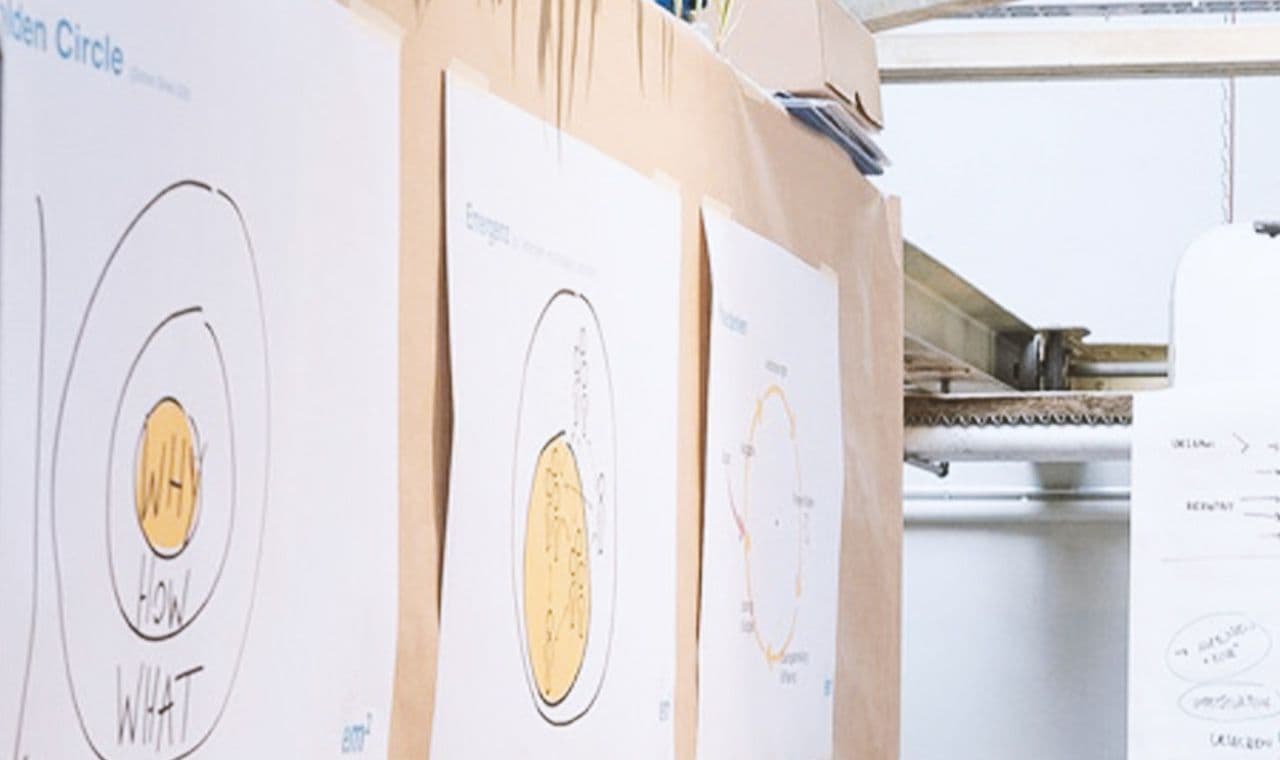
Commissioning
For comparison, following the traditional approach, construction of the facilities would only start around 2027. With this approach, we see the first facilities completed around that time.
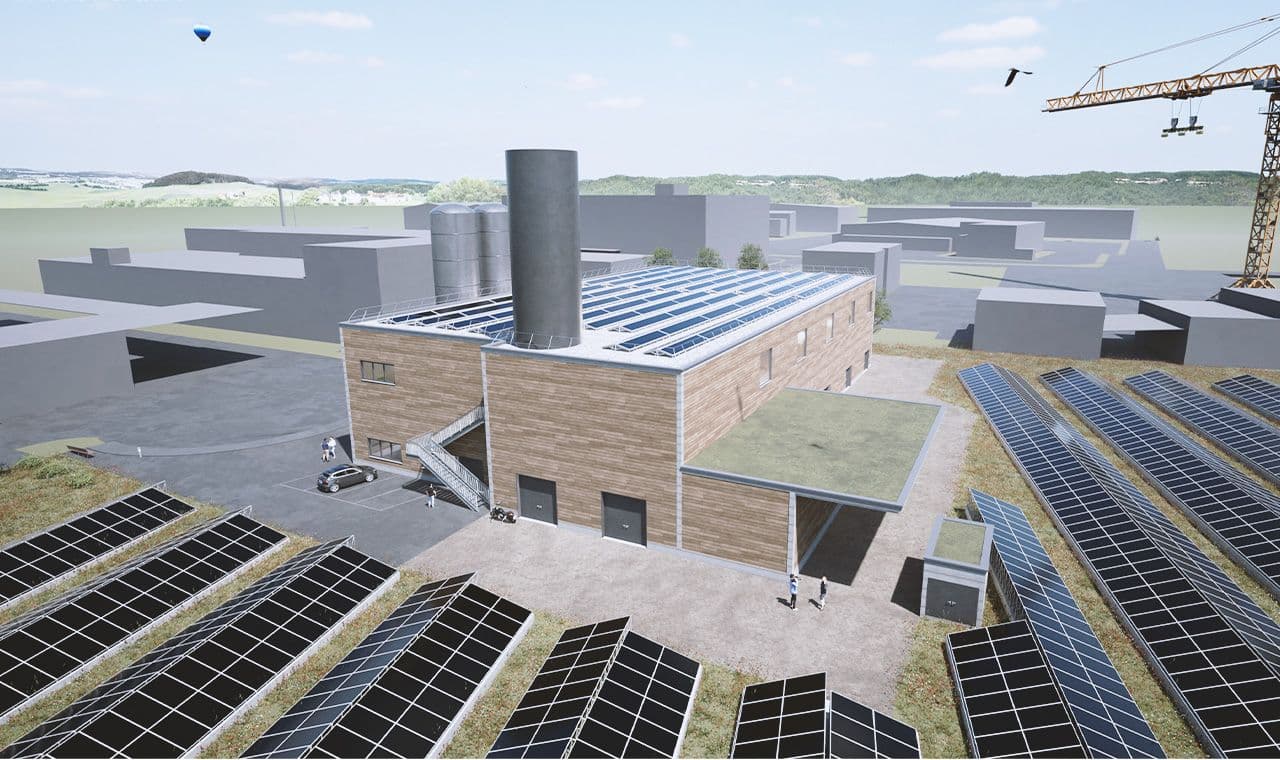
Figures & Facts
Open Book Model
Instead of facing friction at interfaces, this approach allows a needs-based assessment of what needs to be done and who can best solve the task. The billing is open and transparent.
SIA Phases
The traditional process model in the Swiss construction industry is divided into main and sub-phases. Fees and services of planners, clients, engineers, and/or architects are oriented towards these phases.
District Heating with Data Centre
District heating can be obtained in various ways. Initially, heat in this project was supposed to be derived from wood – until the idea of using waste heat from data centres came into play.
35
Approximately 35 TBF employees are involved in the three project focal points: plant planning, network planning, and project coordination.
> 50 km
is the length of the entire district heating network when the networks of the three municipalities are added together.
80 MW
will be produced in the energy centres of all three municipalities together.
People in the Network
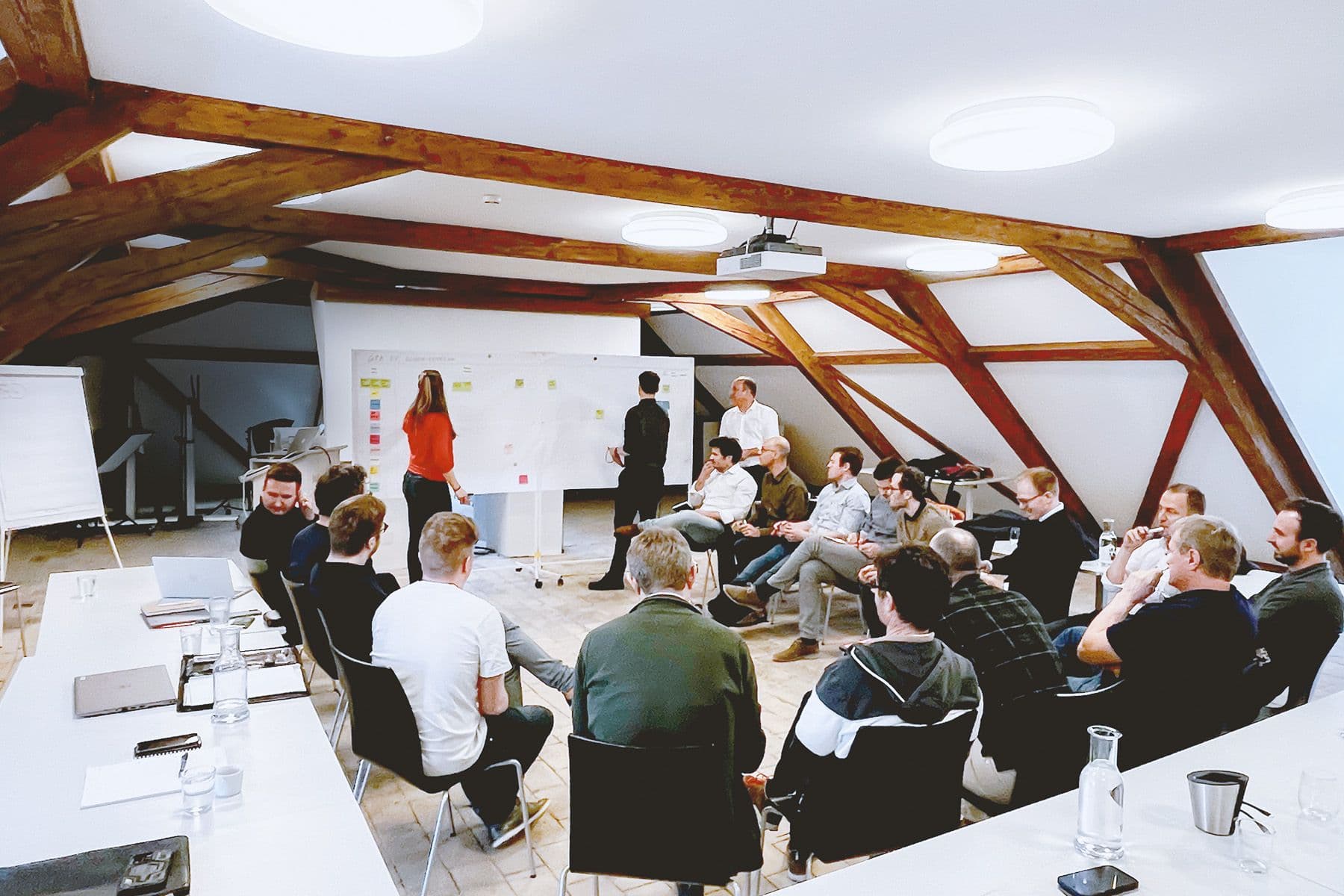
The project alliance demands shared values!
The consulting firm em² already supervised a similar, albeit smaller project by E360 in Frauenfeld. Since E360, as the client for the much larger project, sought another partner, TBF joined. The collaborative partnership allows us to efficiently utilise energies in the triangular structure of planners, clients, and contractors. But what exactly does 'collaborative' mean here? All TBF employees in the project have formed tandems with externals and are working directly together.

